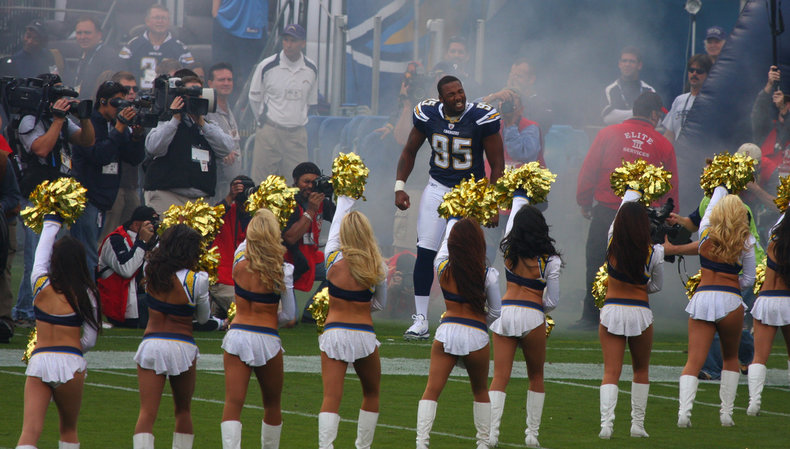
Examples
Pop culture includes movies, music, sports, fiction, entertainment, celebrities, products, services, pastimes and ideas that become popular amongst a significant portion of a population such that they represent a shared experience. This includes any aspect of modern culture that you could discuss with practically everyone you know such as a recent high profile sporting event.
Bread & Circuses
Bread and circuses is a political term originated by Juvenal, a second century Roman poet. It suggests that a population is easily satisfied as long as they are fed and entertained. Pop culture is often accused as being a method of control whereby an elite distracts a population from important issues by offering mindless entertainment. Pop culture can also be used to resist an elite such as the music of the 1960s associated with the hippie movement in the United States.
Dumbed Down
Popular culture is often accused of being dumbed down, superficial, sensationalist and of generally low quality. For example, music that is based on a formula that works such that a great number of songs resemble each other. In some cases, music is literally manufactured such that young people with no musical talent are recruited for their appearance and performance abilities with songs produced by aging producers who have been pumping out the same type of song for many decades. This is quite common in Asia in particular.
Consumerism
Popular culture is associated with consumerism as it is typically sponsored by large brands and is often designed to encourage people to buy things. For example, product placements in films and music videos.
Pop Culture & Globalization
The pop culture of one country can spread on a global basis. Developed nations with a large pop culture industry are most likely to see their culture spread. The most prominent example of this is the spread of American pop culture such as movies, television and music. However, other cultures such as Japan and the United Kingdom have also influenced pop culture on a global basis.
Pop Culture vs High Culture
High culture is culture that gets respect from the establishment such as academia and cultural institutions. The popular culture of today may become the high culture of tomorrow. That is to say, that just because something is popular or commercial doesn't mean it lacks artistic merit. For example, jazz was widely denounced by critics at the height of its popularity in the 1920s and 30s. It later went on to become high culture akin to classical music.
Pop Culture vs Traditional Culture
Traditional culture is culture that is transferred from generation to generation such as myths, norms, holidays, fashion, language and pastimes. Popular culture can become traditional culture. For example, a popular Christmas song that becomes a classic recognized by many generations.
Population Culture vs Subculture
Population culture is by definition, enjoyed by a large percentage of the people in a nation. Subculture is a term for culture that is enjoyed by a relatively small number of people such as an obscure genre of music. Subcultures often influence popular culture. For example, punk music shows up in popular music as pop punk with a similar style with generally less intensity. Where punk may have themes of disenchantment, rebellion and nihilism, pop punk tends to be humorous, lighthearted and mocking.
| Overview: Pop Culture | ||
Type | ||
Definition | Shared experiences enjoyed by the masses. | |
Related Concepts | ||












































